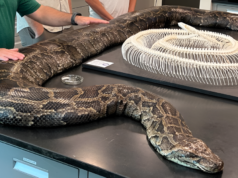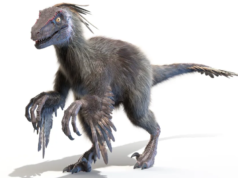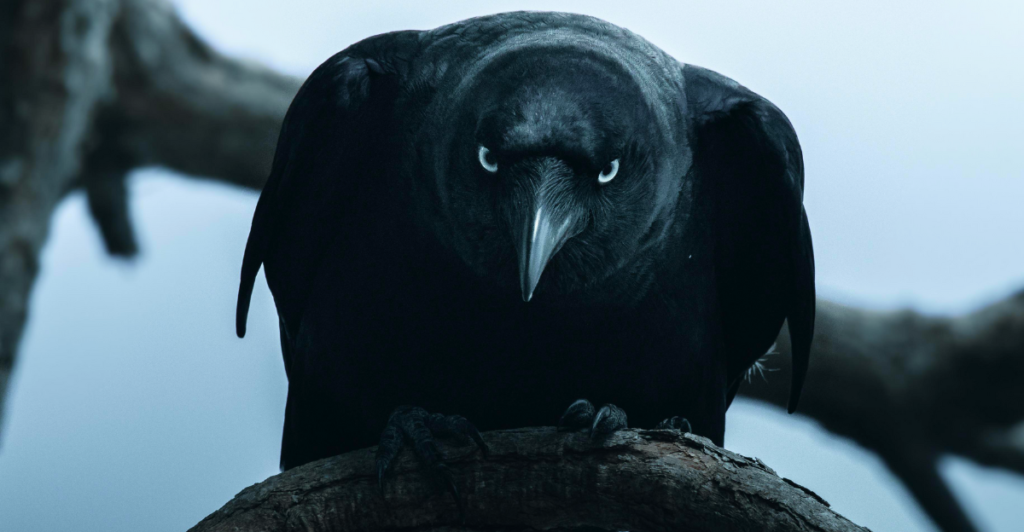
Death is a universal truth, yet its impact and the ways creatures respond to it are as diverse as life itself. Across the animal kingdom, behaviors surrounding loss and death reveal a depth of emotion and instinct that often mirrors our own. From elephants mourning their fallen herd members to crows gathering in what appear to be funerals, these remarkable reactions challenge our understanding of animals’ emotional lives. These are twelve animals with fascinating reactions to death.
1. Elephants
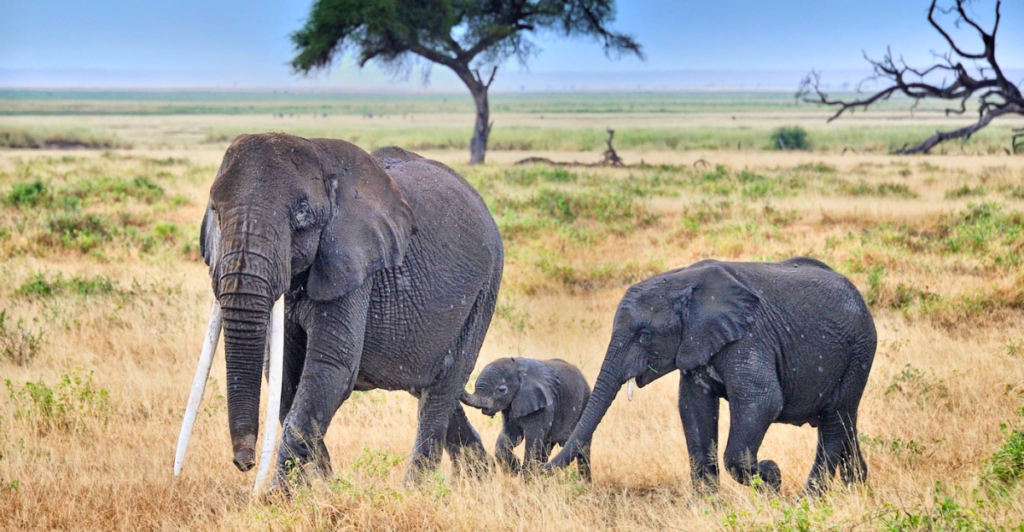
Elephants display remarkably complex behaviors around death, often likened to human grief. They’ve been observed gently touching the bones or tusks of deceased elephants with their trunks, sometimes even returning to the site years later. In some cases, they’ve been seen covering dead elephants with leaves and dirt, resembling burial. Elephants also show signs of distress when encountering dead elephants they didn’t know, suggesting a broader understanding of mortality.
2. Chimpanzees
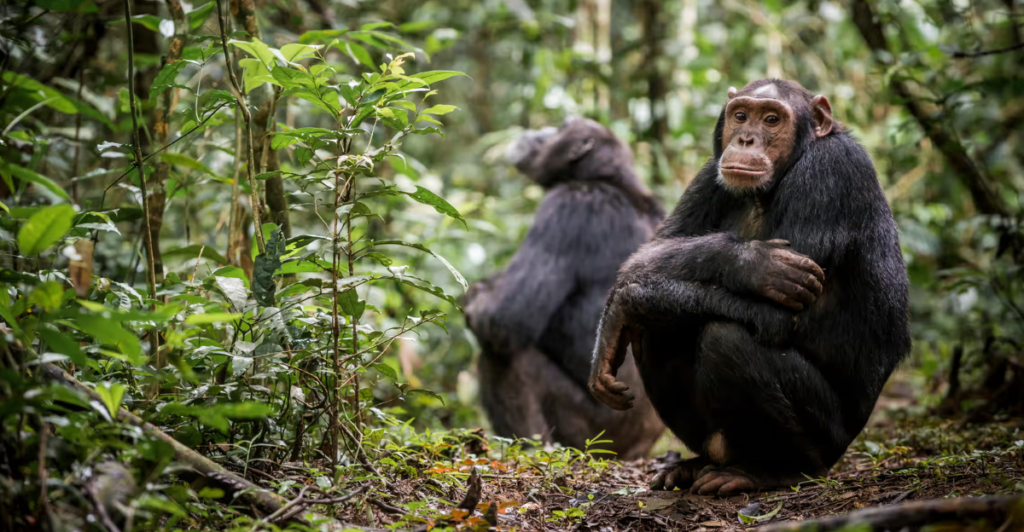
Our closest living relatives exhibit profound responses to death. When a group member dies, chimpanzees often become subdued, lose their appetites, and may even refuse to sleep in their usual nesting spots. Mothers have been observed carrying their dead infants for days or even weeks, grooming and protecting the corpse as if it were still alive. This behavior suggests a strong emotional attachment and possibly a lack of understanding about the permanence of death.
3. Baboons
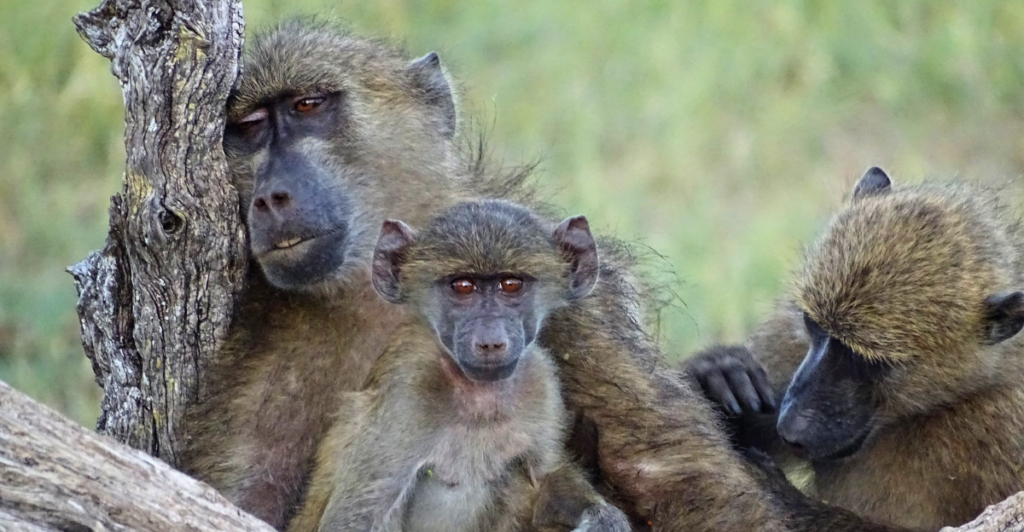
Studies on baboons, particularly in Botswana, have shown that they experience a period of increased stress following the death of a close relative or friend. This is evidenced by elevated levels of glucocorticoid hormones, which typically last for about a month. During this time, baboons may seek comfort from other baboons, often grooming them. Grooming serves as a stress-alleviating behavior, helping to reduce glucocorticoid levels.
4. Western Scrub Jays
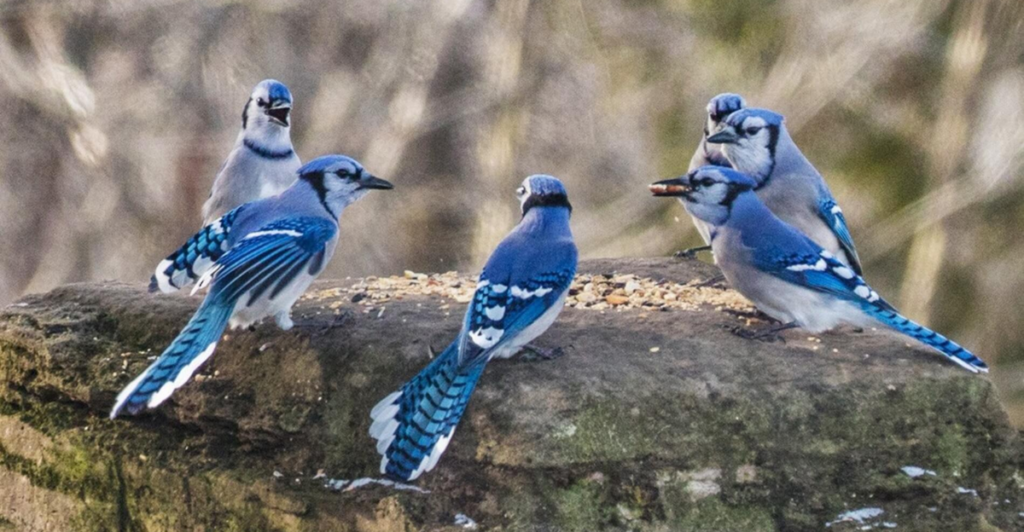
These intelligent birds hold what researchers call “cacophonous aggregations” when they encounter a dead jay. They gather around the body, calling loudly to attract other jays. This behavior can last for up to half an hour. Afterward, the jays often avoid the area for up to 24 hours. Scientists believe this might serve as a way to warn others about potential dangers in the area.
5. Dogs
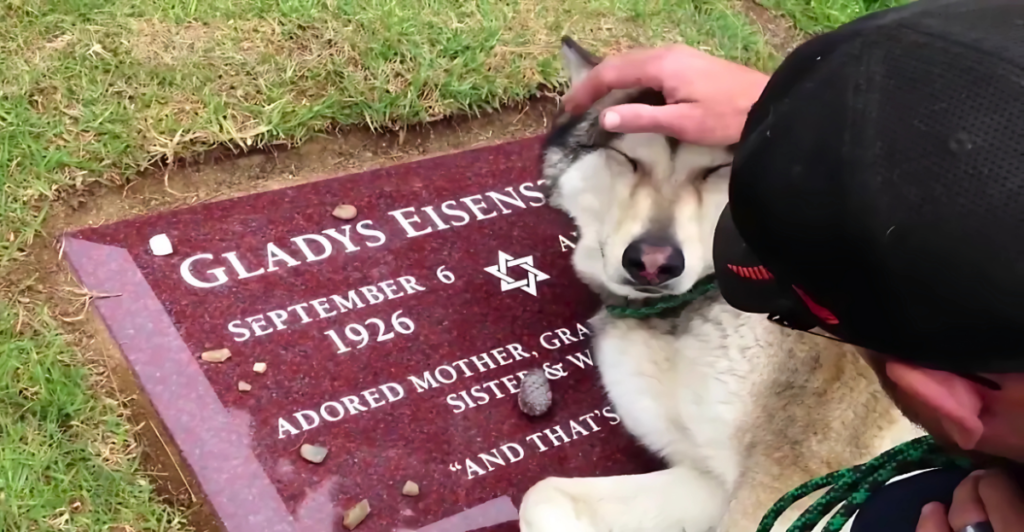
Dogs experience grief when their owners pass away. Recent studies have shed further light on the emotional depth of canine mourning. Scientists suggest that a dog’s understanding of loss is comparable to that of a child aged two to five. They struggle to grasp the permanence of death and hold onto the hope that the person who is gone will return. This may explain why dogs often stay close to their deceased owners, refusing to leave their side.
6. Magpies
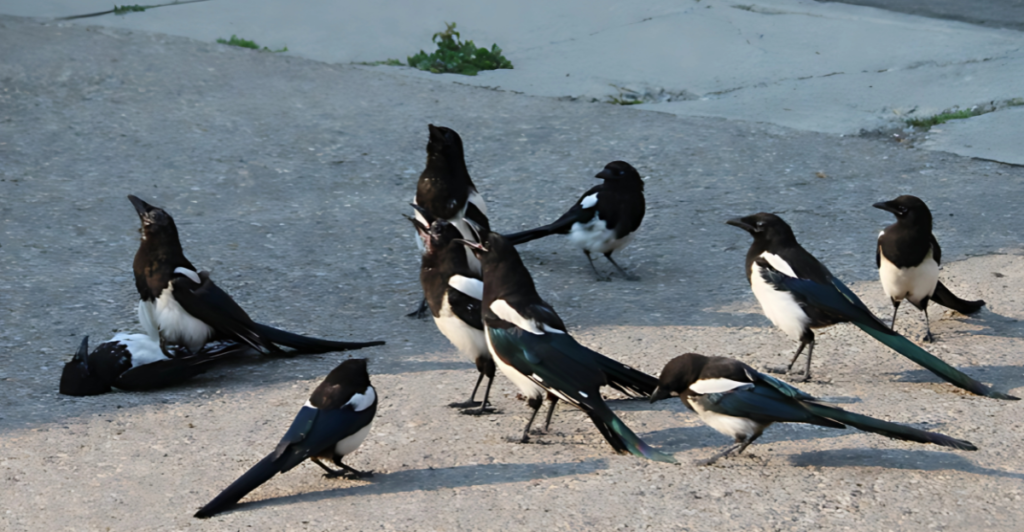
Magpies have been observed holding what appear to be “funeral” rituals. When they encounter a dead magpie, they’ll often call out to others in the area. Some magpies have been seen laying grass clippings or pebbles near the body, a behavior that some researchers interpret as a form of tribute.
7. Dolphins
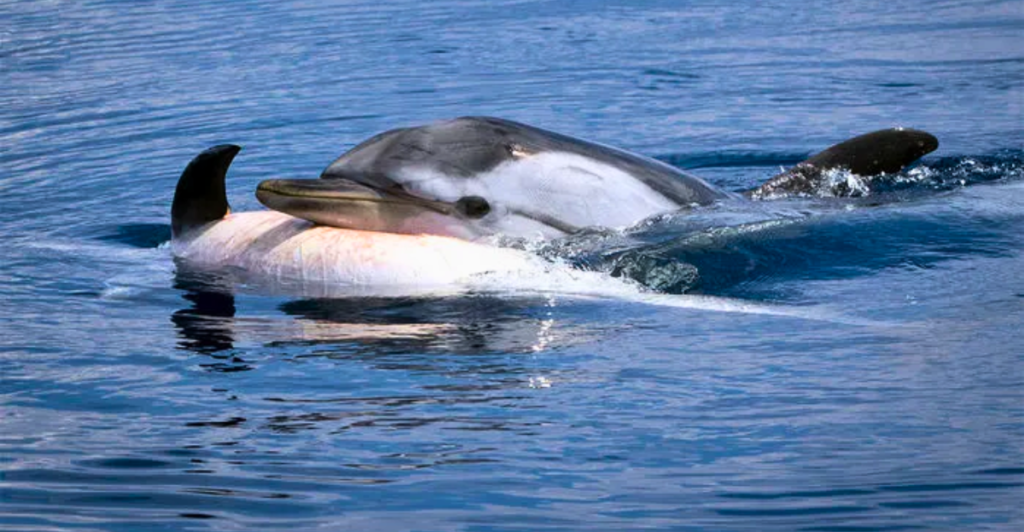
Dolphins, known for their remarkable intelligence and strong social bonds, exhibit deep signs of mourning when faced with death in their pod. They’ve been seen supporting dead or dying pod members at the water’s surface, possibly in an attempt to help them breathe. In some cases, dolphins have been observed carrying their dead calves for days. Their vocalizations often change following a death, becoming more subdued.
8. Gorillas
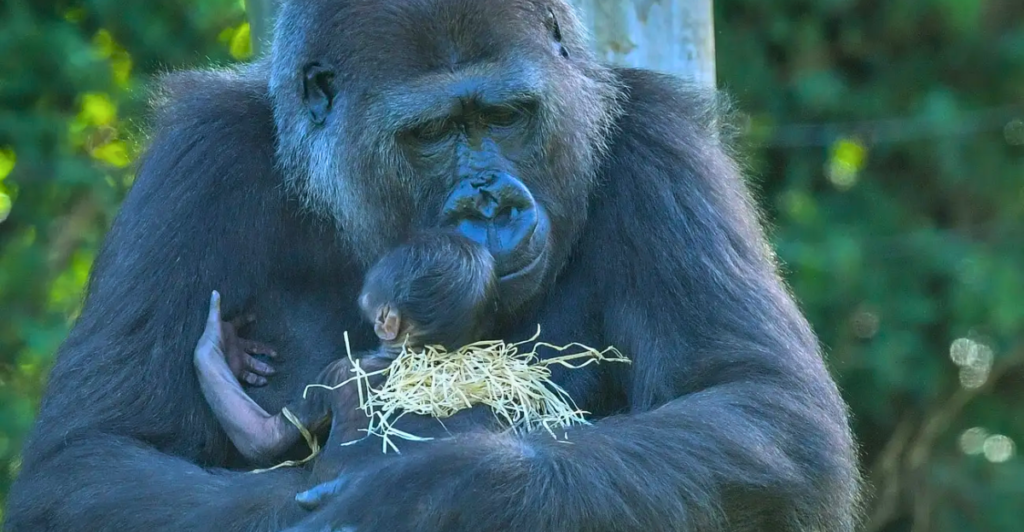
Female gorillas often carry their dead infants for days or weeks, continuing to groom the body. This behavior may be driven by maternal instincts or confusion about whether the infant is truly dead. In cases of adult gorilla deaths, other group members show heightened interest, especially if the deceased is a female or silverback. When a silverback dies, the entire group tends to stay close to the body, sometimes touching or grooming it, while adult males may display stress through vocalizations. In a few instances, groups have remained with the corpse overnight and for extended hours the next day.
9. Cats
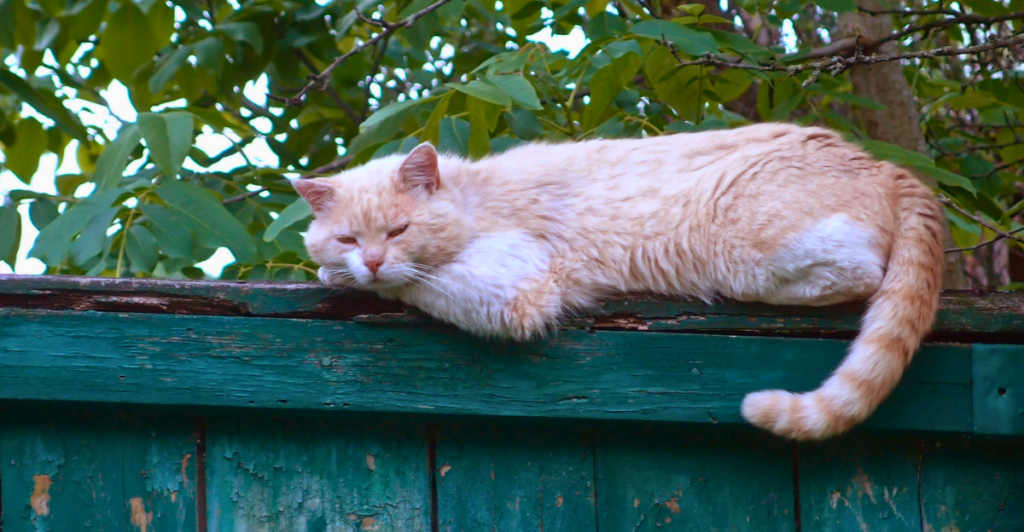
Cats exhibit a wide range of behaviors following the loss of a companion. Some cats show little to no reaction, while others may become withdrawn, stop eating, or seem depressed. A few may even display personality or behavioral changes. Although there is limited research on feline grief, a survey by the ASPCA found that cats tended to eat less, sleep more, and become more vocal after the death of a companion.
10. Giraffes
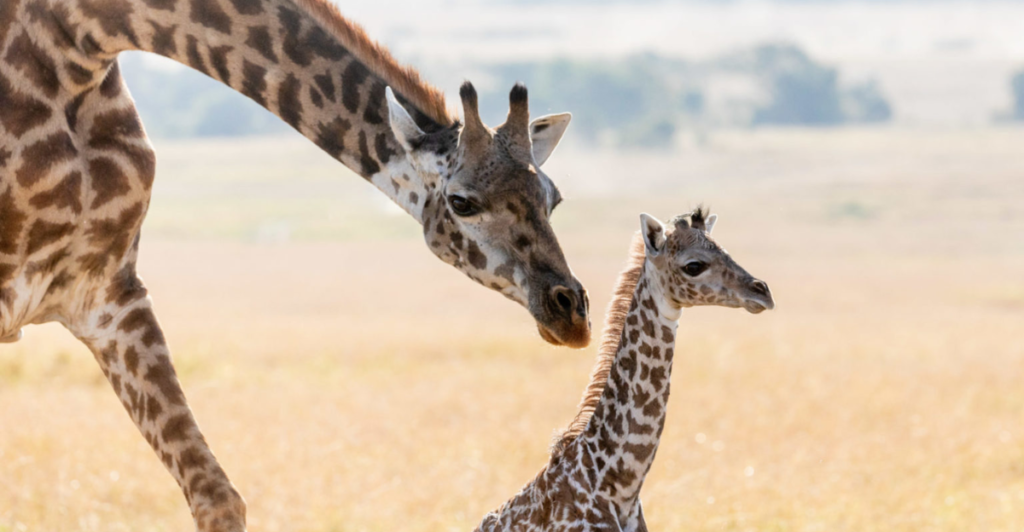
Mother giraffes have been seen standing over their deceased calves for days on end, splaying their legs, bending down to lick and nudge the body, and refusing to leave the area. In some cases, groups of giraffes will gather around a dead companion, approaching cautiously and observing the remains. While not as well-documented as mourning behaviors in elephants or primates, giraffes have been observed returning to the site of death, sniffing the area, and appearing distressed.
11. Parrots
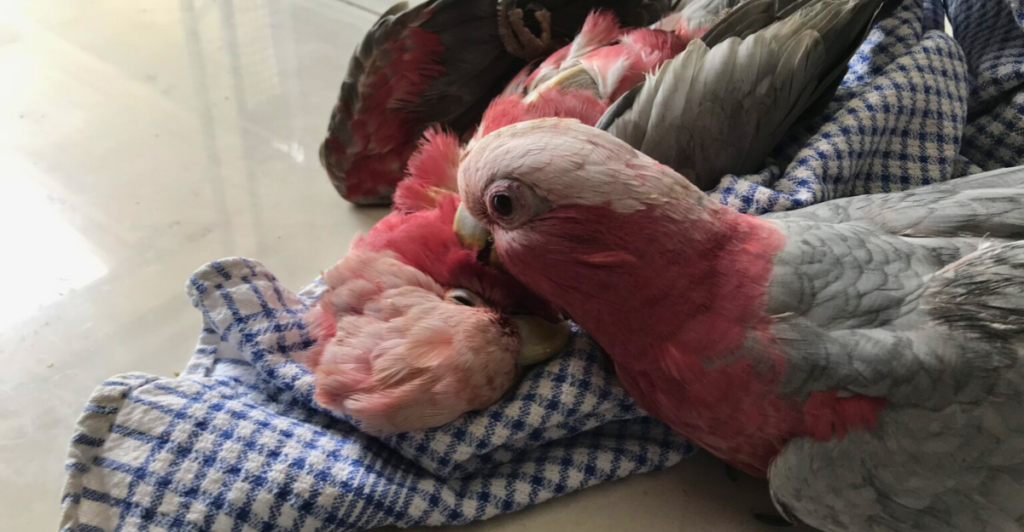
Parrots are famous for their intelligence and close social bonds. But did you know that these birds exhibit deep grief when faced with the loss of a companion? After the death of a mate or close friend, some may become withdrawn, stop eating, or even show signs of self-destructive behavior.
12. Crows
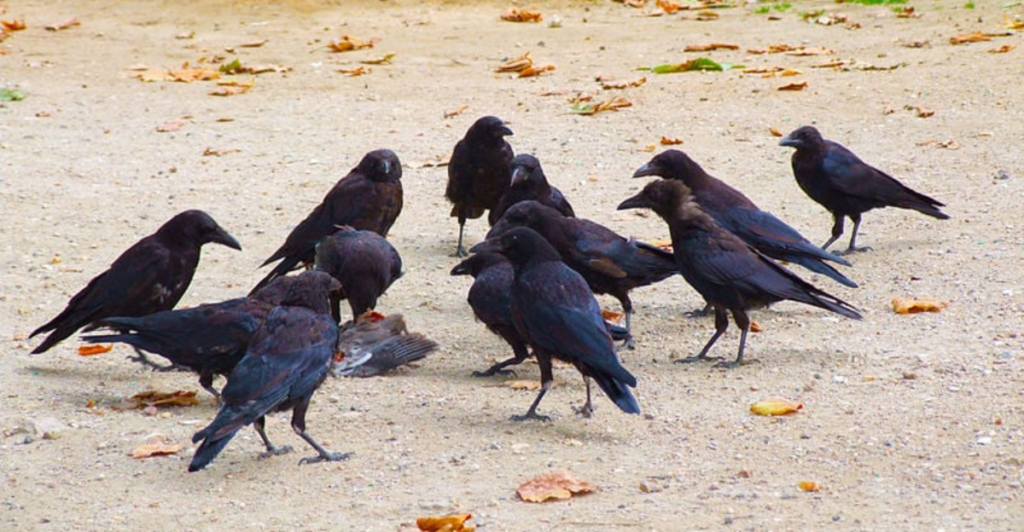
Crows have a unique funeral ritual that is highly social. When a crow discovers the corpse of one of its own, it issues an “alarm call” to alert other crows, drawing them to the site. Once gathered, the crows caw and may dive at the corpse, though they typically do not touch it. Unlike some other species, crow funeral rituals do not seem to be influenced by familial ties, as they will perform these rituals for both familiar and unfamiliar individuals of their species.
Source:
15 Animals That Seem to Understand Death in Surprising Ways
Disclaimer: This article was written with the assistance of AI and was edited/fact-checked by a human.
Stay connected with us for more stories like this! Follow us to get the latest updates or hit the Follow button at the top of this article, and let us know what you think by leaving your feedback below. We’d love to hear from you!


